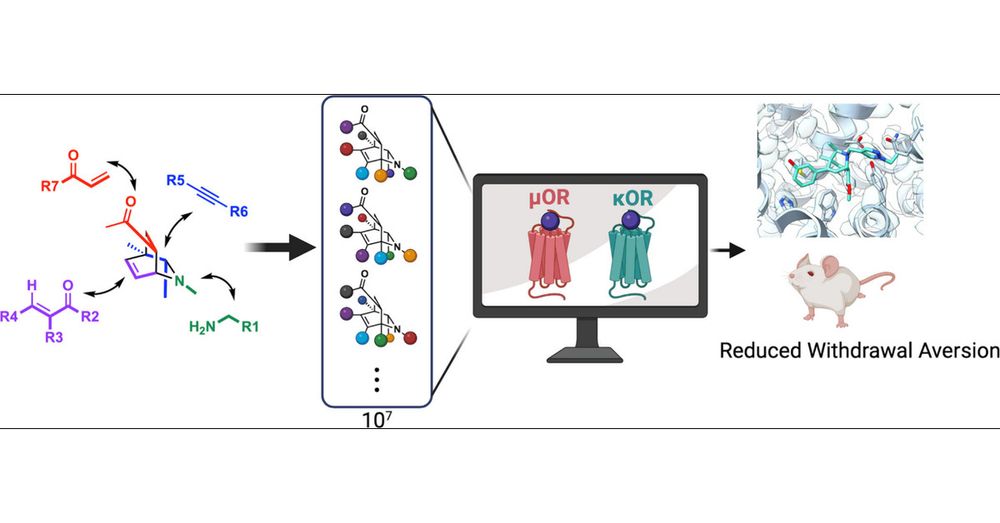
Delighted to share the final version of this co-first author publication from my first postdoc project. Thank you to everyone involved for the mentorship and collaboration! pubs.acs.org/doi/10.1021/...
29.04.2025 19:20 — 👍 4 🔁 2 💬 1 📌 0@joseph-kim.bsky.social
Postdoctoral Scientist in Aashish Manglik’s lab at UCSF: Biochemistry, cryo-EM, and pharmacology of GPCRs and transporters PhD from University of Wisconsin-Madison: CLEM and Cryo-ET on neuronal cells Triathlons, desserts, books, museums and video games

Delighted to share the final version of this co-first author publication from my first postdoc project. Thank you to everyone involved for the mentorship and collaboration! pubs.acs.org/doi/10.1021/...
29.04.2025 19:20 — 👍 4 🔁 2 💬 1 📌 0
Thoughts on Demis Hassabis of Google DeepMind saying that AI could cure disease in general in ten years.
Bonus index to my longer posts on AI/computational drug discovery over nearly 20 years!
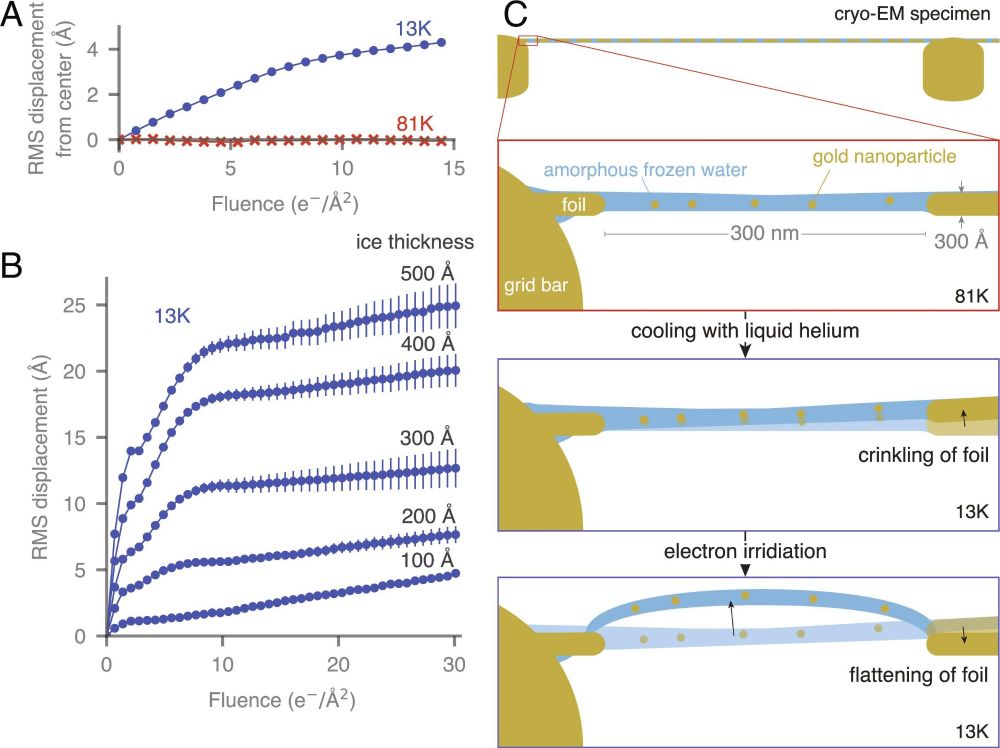
After years parked at a Polara, I’m excited to share that my PhD work is finally out! We figured out why imaging at liquid helium temperatures wasn’t working—and how to fix it.
🔗 www.pnas.org/doi/10.1073/...
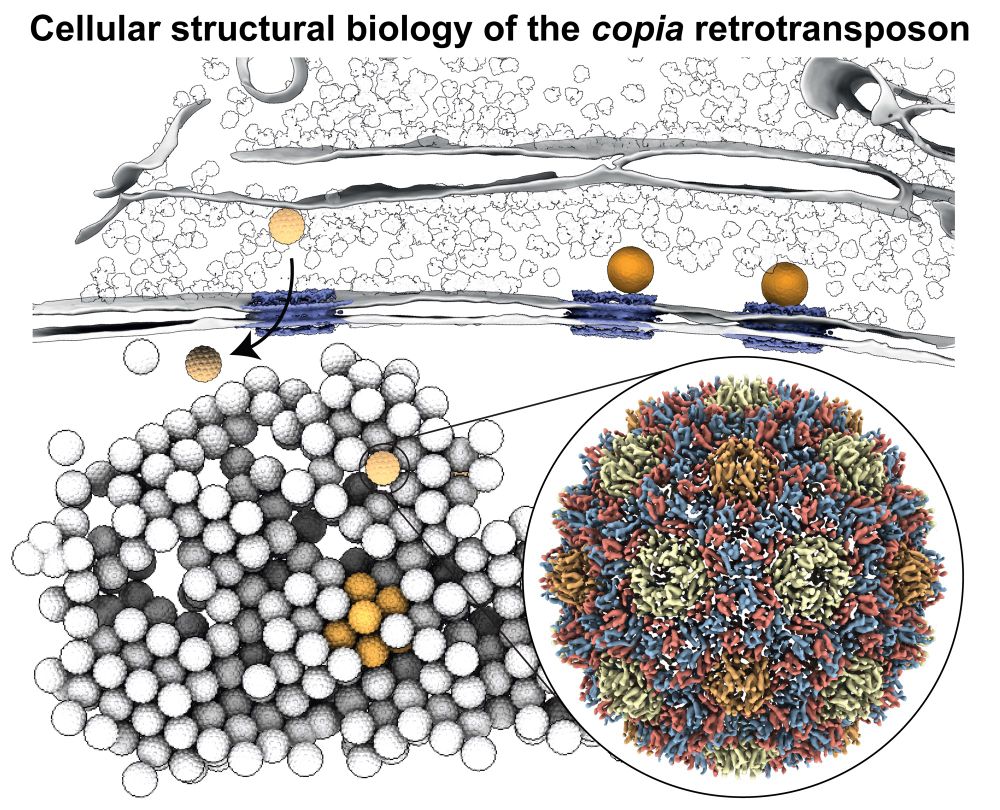
Happy to share our manuscript on the in situ visualization of the copia retrotransposon in its final form today published in @cellcellpress.bsky.social www.cell.com/cell/fulltex.... What’s new?
05.03.2025 16:02 — 👍 191 🔁 77 💬 12 📌 10It's definitely a part of my workflow now, cause so far it's been one of the most impactful non-3D reconstruction data processing changes that I can make.
29.01.2025 13:57 — 👍 1 🔁 0 💬 0 📌 0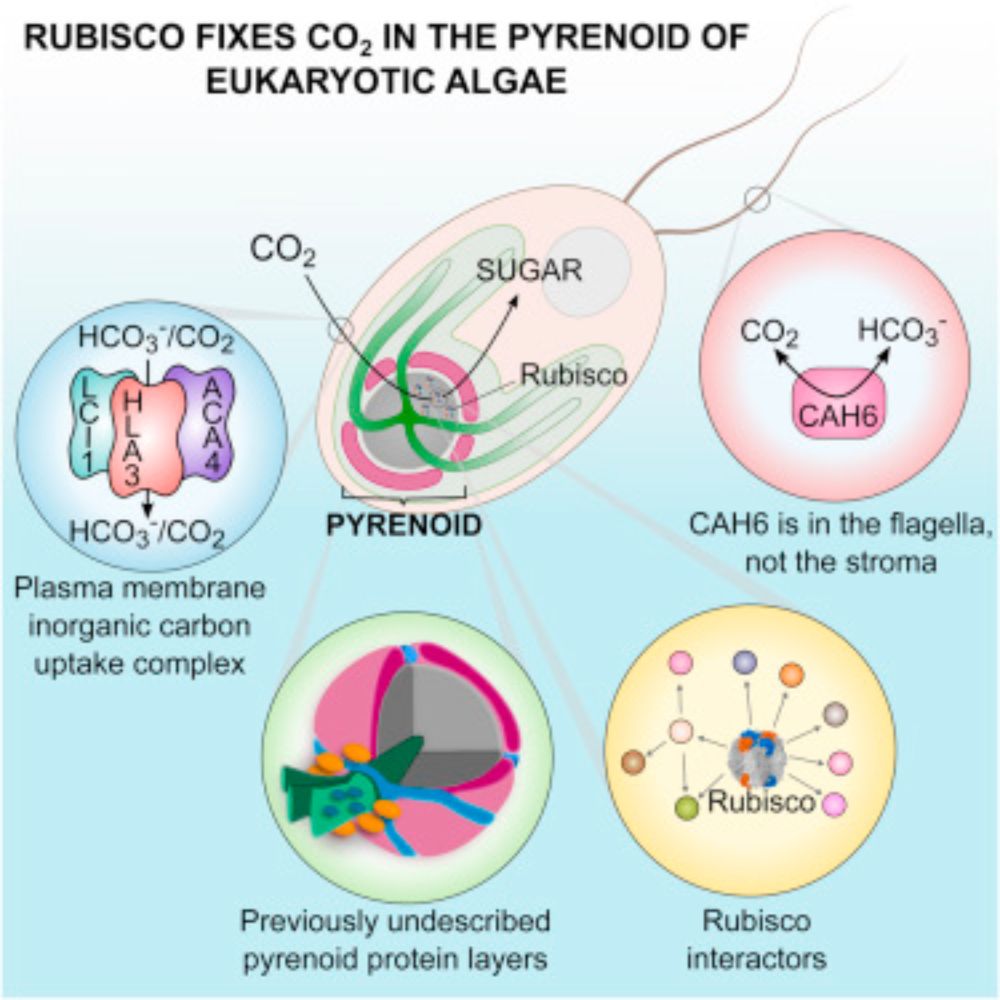
Not to that degree as far as I can tell sadly, but my impression has been that whenever a group looks at a particular network/organelle within Chlamydomonas by mass spec or cultured under specific conditions, they find a lot:
www.sciencedirect.com/science/arti...
www.cell.com/cell/fulltex...

Hi everyone! I am thrilled to share my first publication while in @amanglik.bsky.social's lab! I performed the biochemistry and structural work for compounds that had antagonistic opioid receptor polypharmacology. Congratulations to everyone involved in this project!
www.biorxiv.org/content/10.1...
I disagree a little bit - if mass spec suggests anything, I think Chlamy is already highly dense, we're just not imagining what is possible based on current tools. I figure @cellarchlab.com is constantly finding new things every time they go through their data, especially when tools evolve.
13.01.2025 20:35 — 👍 1 🔁 0 💬 2 📌 0That stereotypical arrangement will also be a huge advantage in making sure the sample was prepared correctly, something I don't think enough people are addressing when it comes to cellular cryo-ET work (blebbing, fragmentation, etc).
13.01.2025 20:08 — 👍 6 🔁 0 💬 1 📌 0I (very loudly) wanted to stand up and shout 'THANK YOU' when he said that
11.01.2025 23:16 — 👍 2 🔁 0 💬 1 📌 0Hi Cornelius, could you please add me as well? Many thanks!
10.01.2025 13:34 — 👍 0 🔁 0 💬 1 📌 0Congratulations José! Always a pleasure to work with you in the Manglik lab at USCF! @amanglik.bsky.social
08.01.2025 15:33 — 👍 2 🔁 0 💬 0 📌 0Well done Matt! DMS is such a powerful way to study GPCRs
06.01.2025 20:43 — 👍 2 🔁 0 💬 1 📌 0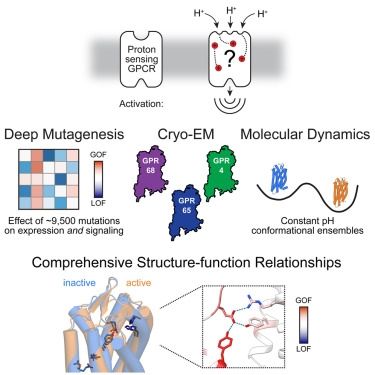
Groundbreaking work by @matthewkhoward.bsky.social and Nicholas Hoppe (not on bsky?) from the @willowcoyote.bsky.social @amanglik.bsky.social labs.
Mapping function to structure with deep mutational scanning to resolve the mechanisms of pH sensing GPCRs
www.sciencedirect.com/science/arti...
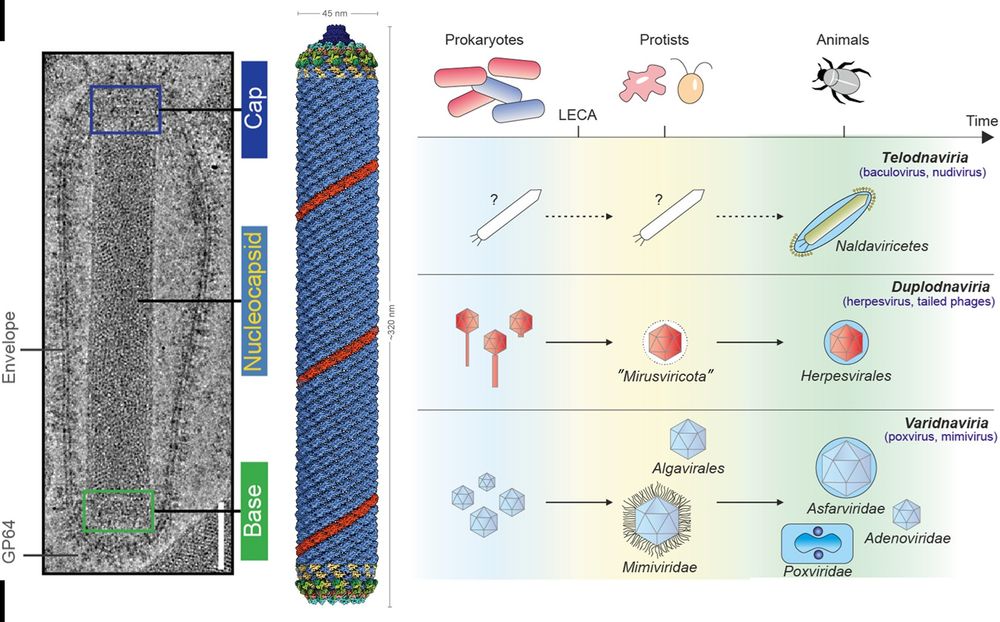
Check out the magnificent #baculovirus structure! The unique virion architecture and structural atlas of hallmark proteins place baculo-like viruses into a separate new realm. Many insights into baculo biology and evolution. Collab with the group of Fasséli Coulibaly. www.science.org/doi/10.1126/...
23.12.2024 19:23 — 👍 107 🔁 33 💬 0 📌 4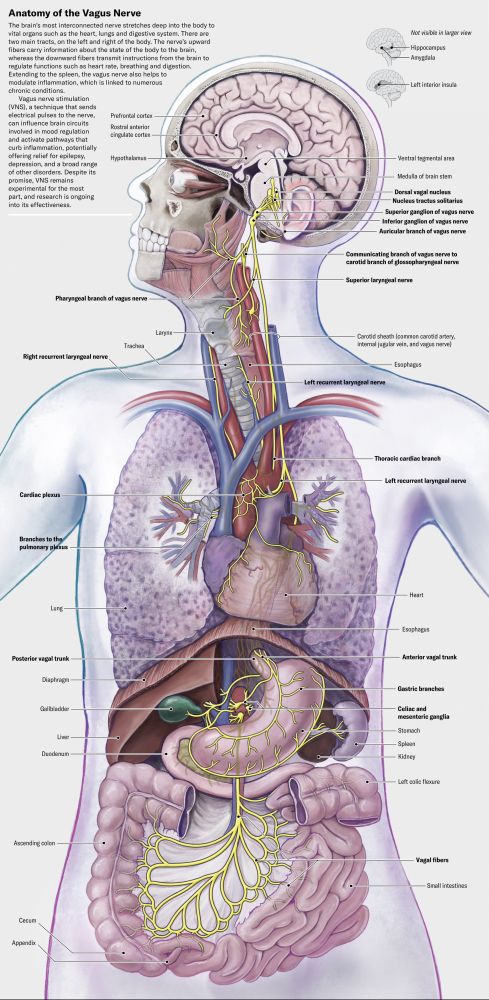
The vagus nerve's prominent role in brain-gut, brain-immune system, brain-body interactions
Figure from www.scientificamerican.com/article/how-...
Take a look at my personal perspective on the past, present, and future of in situ structural biology with cryo-ET+
While initially skeptical about the genre, I found it fun to write and hopefully, you can enjoy my experiences and some thoughts. Nice weekend y'all
www.cambridge.org/core/journal...
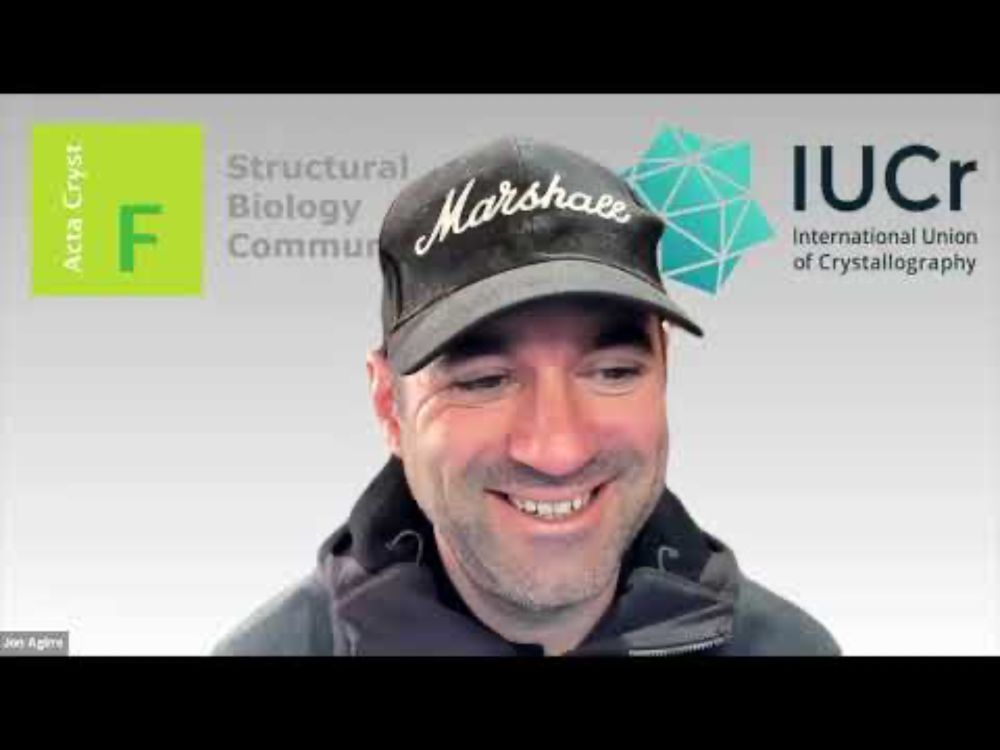
Our newest Interviews with Authors episode is online! We chat with Daija Bobe, Jessalyn Miller and Ed Eng (@edwardteng.bsky.social) from the New York Structural Biology Center about their paper "Multi-species #cryoEM calibration and workflow verification standard". www.youtube.com/watch?v=DB83...
28.11.2024 17:32 — 👍 15 🔁 9 💬 2 📌 3Hi Ute, I would like to be a part of this as well, thank you!
07.12.2024 11:16 — 👍 1 🔁 0 💬 1 📌 0